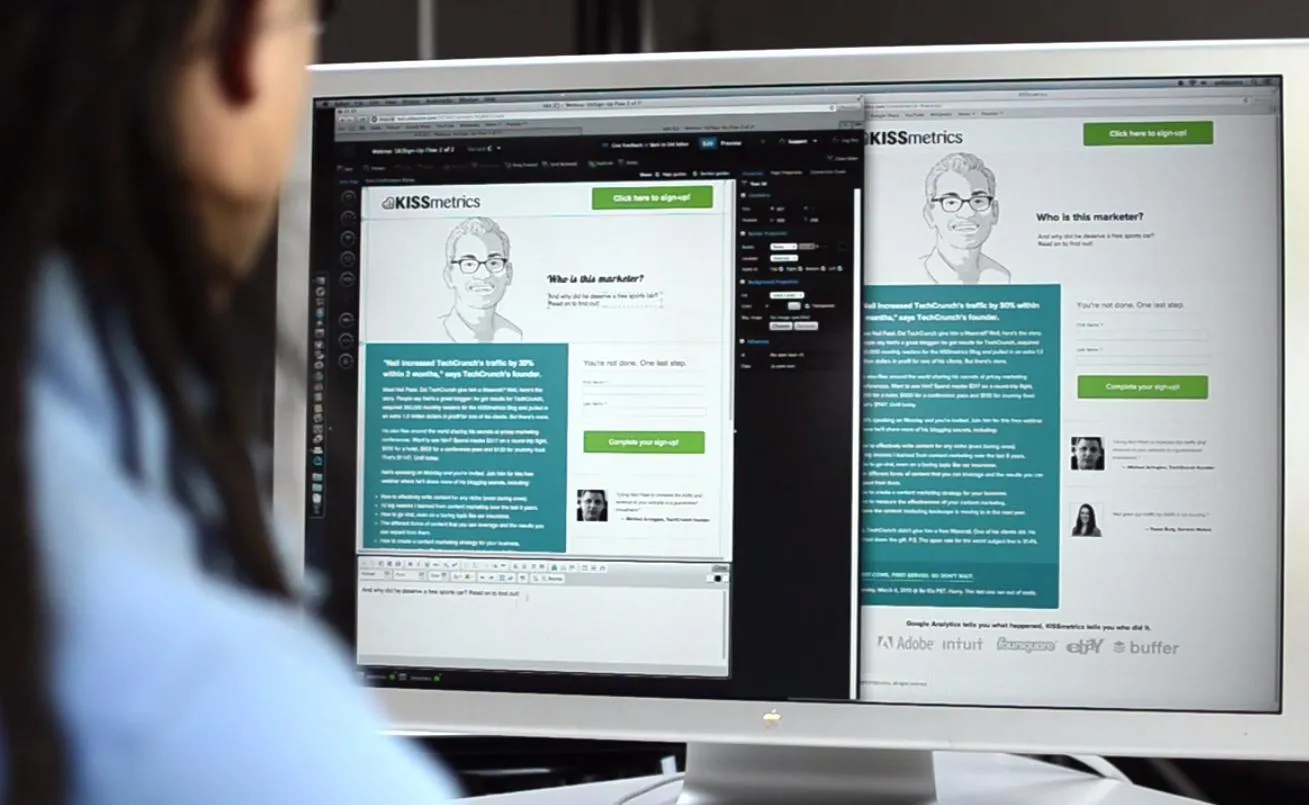Understanding Slack Bots
Slack bots are automated tools that help streamline communication and tasks within the Slack platform. They can be programmed to perform a variety of functions, from sending reminders to managing complex workflows. Building your own Slack bot can greatly enhance productivity and provide tailored solutions for your team. In this guide, we will walk you through the essential steps to create your own Slack bot.
Step 1: Setting Up Your Development Environment
Before you start building your Slack bot, you need to set up a development environment. Here are the tools you'll need:
| Tool | Description |
|---|---|
| Node.js | A JavaScript runtime that allows you to run JavaScript on the server-side. |
| Slack API | The interface through which you will interact with Slack's features. |
| ngrok | A tool that creates a secure tunnel to your localhost, allowing you to test your bot in real-time. |
Install these tools on your machine to get started. Make sure you have a basic understanding of JavaScript, as it will be the primary language used to build your bot.
Step 2: Creating Your Slack App
To build a Slack bot, you first need to create a Slack app. Here’s how:
- Go to the Slack API website.
- Click on "Create New App" and provide a name for your app.
- Select the workspace where you want to install the app.
Once your app is created, you will be directed to the app settings page. Here, you can configure various aspects of your bot, including permissions and features.
Step 3: Configuring Bot Permissions
Your bot needs certain permissions to function correctly. Navigate to the "OAuth & Permissions" section of your app settings. Here, you can add the necessary scopes for your bot:
| Scope | Description |
|---|---|
| chat:write | Allows your bot to send messages. |
| channels:read | Allows your bot to read channel information. |
| commands | Enables your bot to create slash commands. |
After adding the necessary scopes, be sure to click "Save Changes." This step is crucial for your bot to interact effectively within the Slack environment.
Step 4: Coding Your Bot
Now it's time to write the code for your bot. Here’s a simple example using Node.js and the Slack Web API:
const { App } = require('@slack/bolt');
const app = new App({
token: process.env.SLACK_BOT_TOKEN,
signingSecret: process.env.SLACK_SIGNING_SECRET
});
app.message('hello', async ({ message, say }) => {
await say(`Hello there <@${message.user}>!`);
});
(async () => {
await app.start(process.env.PORT || 3000);
console.log('⚡️ Bolt app is running!');
})();
This code snippet initializes your bot and listens for messages containing the word "hello." When it detects such a message, it replies with a personalized greeting. Replace the placeholders with your actual tokens and secrets.
Step 5: Testing Your Bot
To test your bot, you need to run your application and use ngrok to expose your localhost. Here’s how:
- Open a terminal and navigate to your bot's directory.
- Run your Node.js application using the command
node app.js. - In another terminal, start ngrok with the command
ngrok http 3000. - Copy the ngrok URL and set it as your Request URL in the "Event Subscriptions" section of your Slack app settings.
With this setup, your Slack bot is ready for testing. Communicate with it through your Slack workspace to see how it responds!
Step 6: Deploying Your Bot
Once you’ve tested your bot locally and are satisfied with its functionality, it’s time to deploy it. You can use platforms like Heroku or AWS to host your bot. Follow these basic steps:
- Prepare your application for deployment (ensure you have a
package.jsonfile). - Choose a hosting provider and set up your environment.
- Push your code to the hosting provider and configure environment variables for your tokens.
Conclusion
Building your own Slack bot can significantly enhance team productivity and streamline communication. By following these steps, you can create a bot tailored to your specific needs. Whether you’re automating reminders or integrating with external APIs, the possibilities are endless. As you develop your bot, consider exploring additional features and integrations to maximize its capabilities.
Remember, the key to a successful bot lies in continuous improvement and adapting to your team's evolving needs. Happy coding!





